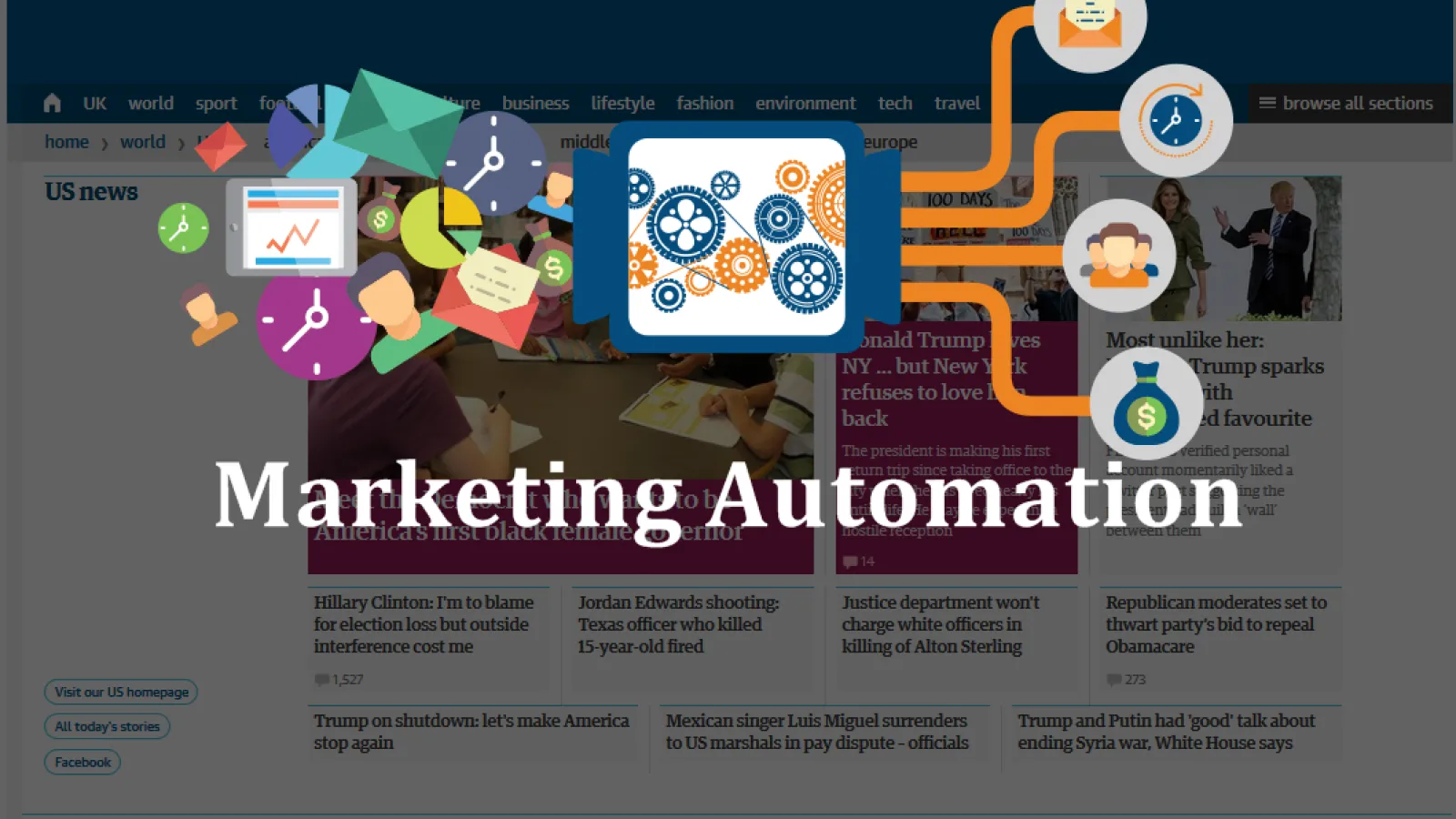The Publishing industry has been proving its mettle.
Media and Publishing are aggregating all kinds of content and reaching it out to people through digital marketing and social media channels. The platforms are plenty and people’s time to focus is less.
The early adopters who belong to the Media domain set the path for innovation in the digital publishing industry.
Marketing Automation is widely used in the retail and e-commerce industry and is making its foray into the digital publishing world. Publishing information on the web requires regular and uninterrupted connection with the readers through a host of devices and channels and mediums, which is scaled up and requires a task of automation that which reacts to a trigger and can be handled to act by itself.
How can Marketing Automation help?
Marketing automation collects user information, couples it up with actions and segments which kind of data can be pushed to which kind of audience. This helps with targeted digital marketing to users. That being said, the main aim of marketing automation in digital marketing is to help with large-scale data analysis, optimization to handle actions like subscriptions and social media interactions.
Marketing Automation will help collect data about Call to Action buttons and actions like a form fill up, subscription, clicking an email to read and aid with marketing efforts. These data can be used by publishers to find out the engagement scores of individuals and help push marketing efforts to customers likewise at an individual level.
Audience development and marketing automation tools can provide greater efficiency, agility, and insight by combining capabilities in analytics, multichannel distribution, and automation. These capabilities allow magazine publishers to optimize their marketing platforms to move faster and more responsively to market nuances. By automating what type of content is sent to certain users (whether they only opened an email without clicking or deeply engaged with email content), publishers can segment their audiences and send more meaningful content to users. That content, because it is more precisely targeted can then spur the actions publishers want (subscriptions, social shares, comments, etc.).
More sophisticated tools, particularly those geared toward B2C segments, are distinguished by their ability to manage huge databases of customer information such as purchase history, demographic information, an online behavior. A publisher might want to compare how a subscription campaign performed among various demographics or regions. Publishers can then orient specific content or campaigns toward individual segments.
Mobile capabilities play a large part in enabling an omnichannel presence. Even a simple email campaign must now accommodate any number of unknown platforms and devices. When evaluating marketing automation or email marketing providers, publishers should particularly explore their mobile testing capabilities, as well as their ability to adapt to swift market changes.
Where do we find the implementations?
Marketing Automation is becoming more complicated and is now incorporating adaptive machine learning. Some of the largest publishers like Time and Sports Illustrated are using same automated tech to buy print ads. This is known as programmatic ad buying and helps cut down on manual work. Which in turn helps with revenue.




